The Platy, or Platyfish, is a small species of fish that people commonly keep in aquariums. Researchers place them in the taxonomic genus Xiphophorus, and their closest relatives are the swordtails.
People primarily keep two species in aquariums, the southern and the variable Platyfish. For this reason, we will focus primarily on those two species. Read on to learn about the Platy.
Description of the Platy
Superficially, these fish have a body shape quite similar to a molly. Their heads taper to a point, while their midsections flare out, giving them a pseudo-diamond shape.
Both species vary drastically in color. While their wild counterparts have plain coloration, those in aquaria have iridescent scales and varied colors and patterns.
The southern species reaches up to 2.4 in. long. The variable species measures up to 2.8 in. long.
Interesting Facts About the Platy
People often keep these two fish species as pets, but what is so special about them?
- Variable Indeed! – You shouldn’t take the name “variable” Platyfish lightly! In fact, both species of fish come in a variety of different colors, shapes, and patterns.
- Mickey Mouse Platies – One of the more unique color patterns is the “Mickey Mouse,” which gets its name from the classic Mickey Mouse-shaped markings on its tail.
- Interchangeable Species – These two species often breed and produce hybrid offspring. In fact, when you purchase one of these fish for your aquarium, you are most likely purchasing a hybrid!
- Unintended Invaders – Like many pets, people often release unwanted animals into the wild outside of their natural range. Because of this, researchers have spotted invasive individuals or populations of these fish in Hawaii, Puerto Rico, various regions in the United States, and more.
Habitat of the Platy
Both species have similar habitat preferences. Platies live in freshwater habitats, and usually do not range into saltwater or brackish ecosystems. They occupy canals, springs, ditches, streams, and other slow-moving waters. Generally, they avoid excessively deep or fast-flowing water bodies.
Distribution of the Platy
The two species live in different regions in the wild. However, both live in North America and/or Central America. The southern species’ range extends from Mexico to Belize in Central America. The variable species lives in Mexico.
Humans have also introduced this species to various regions outside of their natural range. You can find them in the United States, Colombia, Hong Kong, Puerto Rico, and more.
Diet of the Platy
These fish are omnivorous, and feed on a range of both plants and other animals. Because they are quite small, they only feed on small invertebrates. Some common food items include worms, insect larvae, algae, insects, and more. Their exact diet varies based on where they live and what food is available at that location.
Platy and Human Interaction
Humans interact with both species, and their hybrids, quite frequently. In the wild, direct interaction is uncommon. People do not eat these fish, but they do disturb their natural habitats with pollution and expansion of roads and living areas.
This impact varies between the species, but the IUCN lists the two species as Least Concern (Variable) and Data Deficient (Southern).
Domestication
Though people have bred this species, we have not fully domesticate them.
Does the Platy Make a Good Pet
Yes, platies do make good pets. However, you should only purchase captive-bred pets. Animals captured from the wild deplete their natural populations and can potentially spread disease to your other fish.
Platy Care
People house these fish easily in aquariums. They live in freshwater habitats with a pH level between 7.0 and 8.0 or so. You should house them in groups, as they are social fish and prefer living with others of their kind. Additionally, you should provide various plants or artificial vegetation for them to hide in.
Behavior of the Platy
These fish live in groups known as schools. They spend their time foraging for food and avoiding predators. Most prefer swimming and foraging in areas with slow moving water and at least some underwater vegetation for them to hide in.
Reproduction of the Platy
This species gives “live” birth. The female retains the eggs within her body after fertilization until they have developed fully. The number of young, known as fry, varies based on the age and size of the female. Some give birth to as many as 40 fry per clutch. After birth, the young receive no parental care and face some risk of cannibalism.


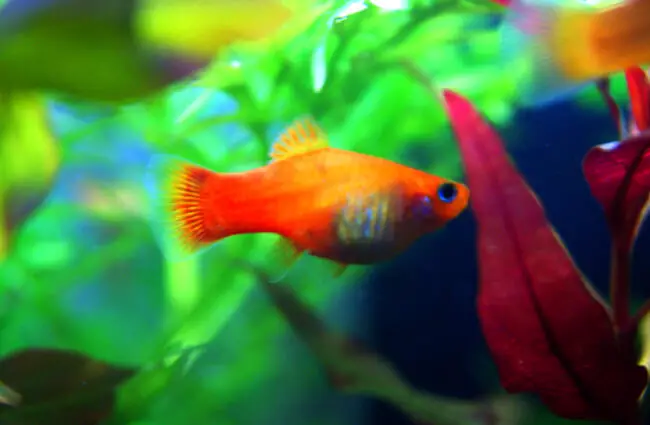
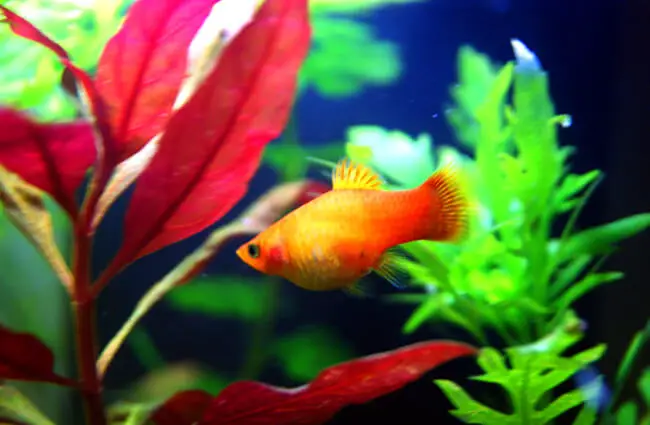
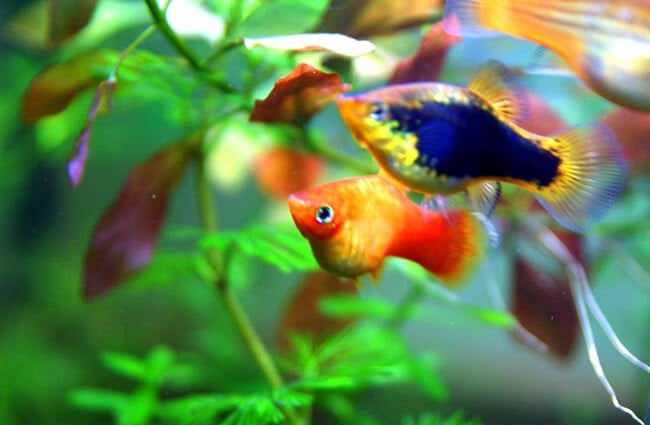

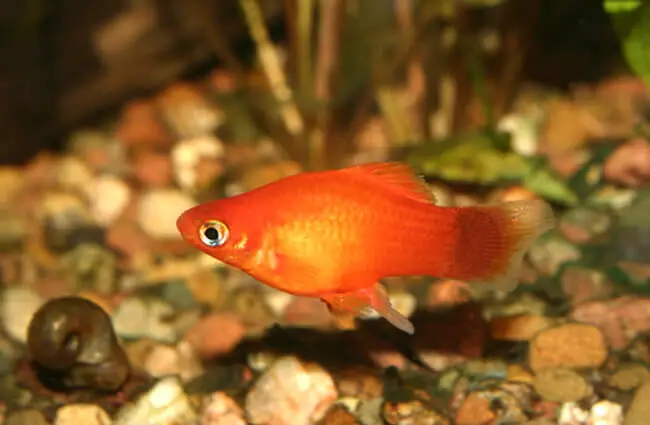
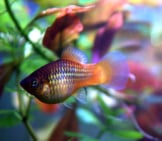
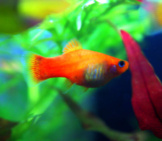
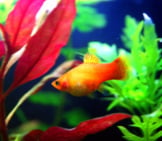
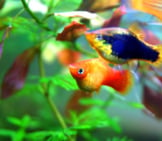
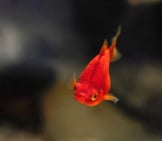

![Red Angus Closeup of a beautiful Red Angus cowPhoto by: U.S. Department of Agriculture [pubic domain]https://creativecommons.org/licenses/by/2.0/](https://animals.net/wp-content/uploads/2020/03/Red-Angus-4-238x178.jpg)












![Red Angus Closeup of a beautiful Red Angus cowPhoto by: U.S. Department of Agriculture [pubic domain]https://creativecommons.org/licenses/by/2.0/](https://animals.net/wp-content/uploads/2020/03/Red-Angus-4-100x75.jpg)

